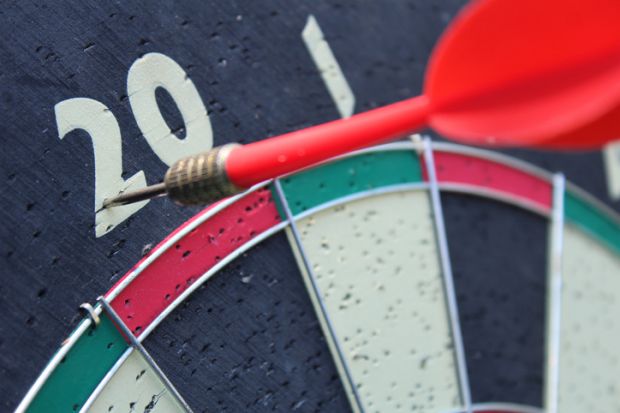Australia’s representative university body is urging the federal government to press ahead with its stated ambition to upskill the workforce, warning that failure could set the economy back by billions of dollars every year.
In a 9 August speech to the National Press Club in Canberra, Universities Australia (UA) chair David Lloyd will estimate the potential damage to the economy from a “looming iceberg of skills shortage”.
Extrapolating from a 2020 UA-commissioned report into the sector’s economic contribution, Professor Lloyd will warn that the cost of “undershooting” a National Skills Commission (NSC) target for university degree attainment will reach A$7 billion (£3.6 billion) in 2026.
The NSC publishes projections of the number of degree-educated workers required to keep pace with the economy’s burgeoning need for skilled labour. UA says bachelor’s degree attainment is already lagging 1 percentage point behind the growth target – a shortfall which, if left unaddressed, would leave the economy 0.3 per cent smaller than it should be.
Professor Lloyd will make the case for “policy and funding certainty”, saying they have been eroded by the 2017 cap on university places, the jettisoning of university infrastructure financing schemes and the reduction in average per-student funding imposed through the Job-ready Graduates reforms.
“Universities cannot continue to do more and more for the nation with less and less,” he will say, according to a draft excerpt of his speech.
He will highlight research funding as the weakest area of the Universities Accord process to date, noting that federal government spending on research and development has reached an all-time low – in contrast to the governing Labor Party’s pre-election aspiration to boost Australia’s overall spending on research and development to about 3 per cent of gross domestic product.
Professor Lloyd will urge the party to retain the 3 per cent target when its national platform is put to a vote at a Brisbane conference in August. The figure was dropped from a draft version of the document, but has since been restored.
Meanwhile, data being released as a curtain-raiser to National Science Week suggest Australians have an upbeat view of research. The survey of 1,000 locals found that Australians typically had more faith than their global peers in science’s ability to improve lives and unify people with opposing views.
The poll found that 82 per cent of Australians believed that science had helped prepare the world for the next pandemic, compared to a global average of 77 per cent.
The proportion of people who believe their country is unprepared for another worldwide health emergency is significantly lower in Australia than in most European and American nations included in the latest State of Science Index compiled by US-based multinational 3M.
The survey found that many Australians trusted in innovative technologies to help alleviate global warming. Science & Technology Australia said this was a timely finding after disasters such as bushfires and floods had delivered “stark reminders” of the threat of climate change.
“This survey shows Australians back science and scientists to come up with climate solutions – including clever new ways to reduce waste, solar panels, eco-friendly building materials and more affordable electric vehicles,” said chief executive Misha Schubert.




